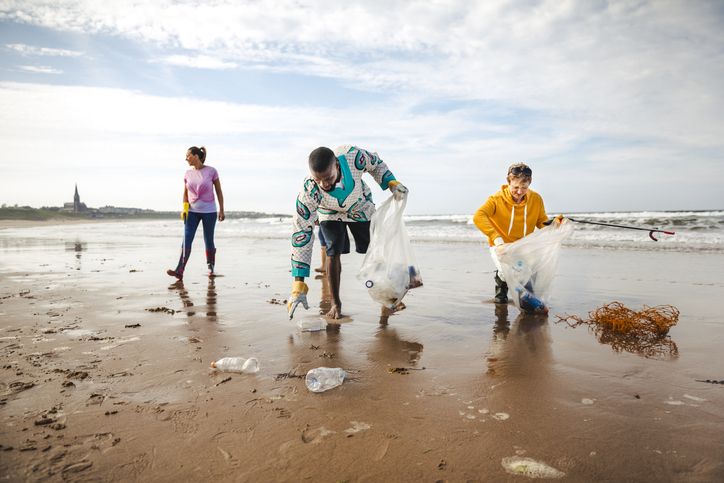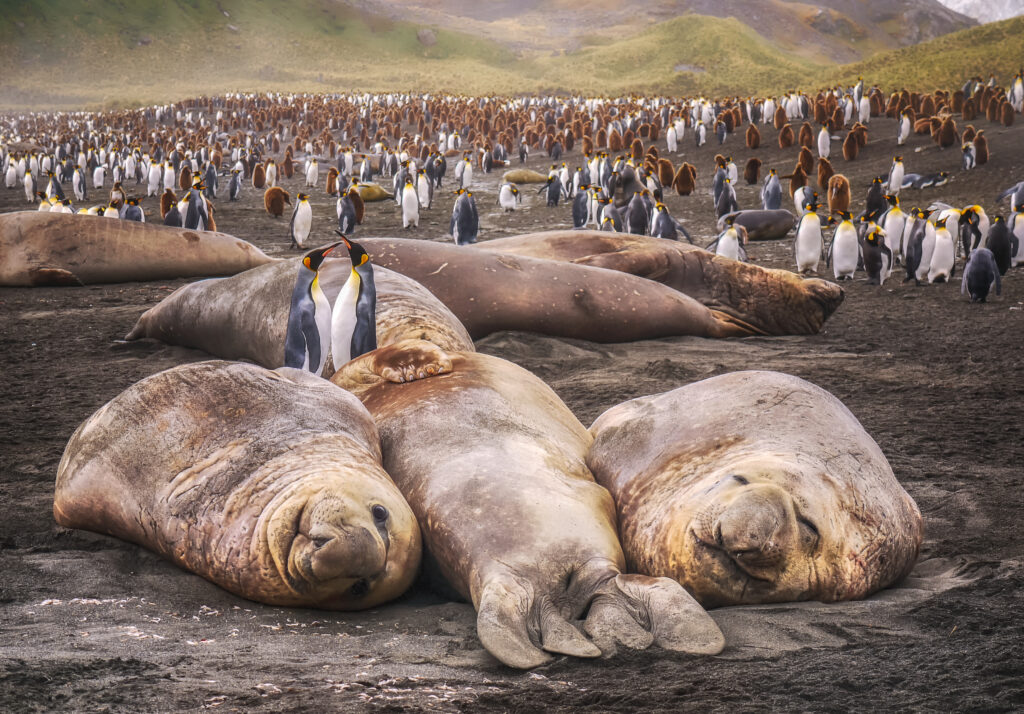It can sometimes feel like saving our planet is a lost cause — a phenomenon often dubbed “climate doomism.” But experts aren’t giving into that pessimism, and neither should we.
A new “solutions-focused” report from the United Nations Environment Program says the world could successfully cut plastic pollution by a full 80% by 2040. It outlines some steps to get there, with hopes of informing government and business decisions around the globe.
“The way we produce, use, and dispose of plastics is polluting ecosystems, creating risks for human health, and destabilizing the climate,” UNEP Executive Director Inger Andersen said in a press release.
She continued: “This UNEP report lays out a roadmap to dramatically reduce these risks through adopting a circular approach that keeps plastics out of ecosystems, out of our bodies, and in the economy. If we follow this roadmap, including in negotiations on the plastic pollution deal, we can deliver major economic, social, and environmental wins.”
The report, titled “Turning off the Tap: How the world can end plastic pollution and create a circular economy,” lays out exactly how such a reduction could take place in less than two decades. It involves three major market shifts: reuse, recycle, and reorient and diversify products.
Those shifts toward a more circular economy, meaning one that “keeps materials, products, and services in circulation for as long [as] possible,” could lead to a significant economic upturn, UNEP said.
RELATED: Cut Back Your Carbon Footprint With These 15 Eco-Friendly Products
The circular economy the organization proposes would result in $1.27 trillion in savings for the world’s nations. And lower costs in health care, climate, air pollution, marine ecosystem degradation, and litigation would result in an additional $3.25 trillion saved. The shifts could also create an increase of 700,000 jobs by 2040, primarily in low-income countries.
Read below for more on each of the suggested market shifts.
Reuse
The first 30% of the total reduction figure would come from promoting plastic reuse, via reusable water bottles and food containers, buying in bulk, deposit-return-schemes, and other similar initiatives. “To realize its potential, governments must help build a stronger business case for reusables,” the press release said.
Recycle
Next is recycling, responsible for 20% of the 80%. Though recycling has long been touted as a way to stave off climate change, UNEP proposes making it “a more stable and profitable venture.”
“Removing fossil fuels subsidies, enforcing design guidelines to enhance recyclability, and other measures would increase the share of economically recyclable plastics from 21% to 50%,” the organization said.
Reorient and Diversify
Finally, reorienting and diversifying consumer products means “shifting the market towards sustainable plastic alternatives, which will require a shift in consumer demand, regulatory frameworks, and costs.” That could involve providing incentives for companies to swap out plastic wrappers, takeout containers, and other pollutants for compostable alternatives like paper.











